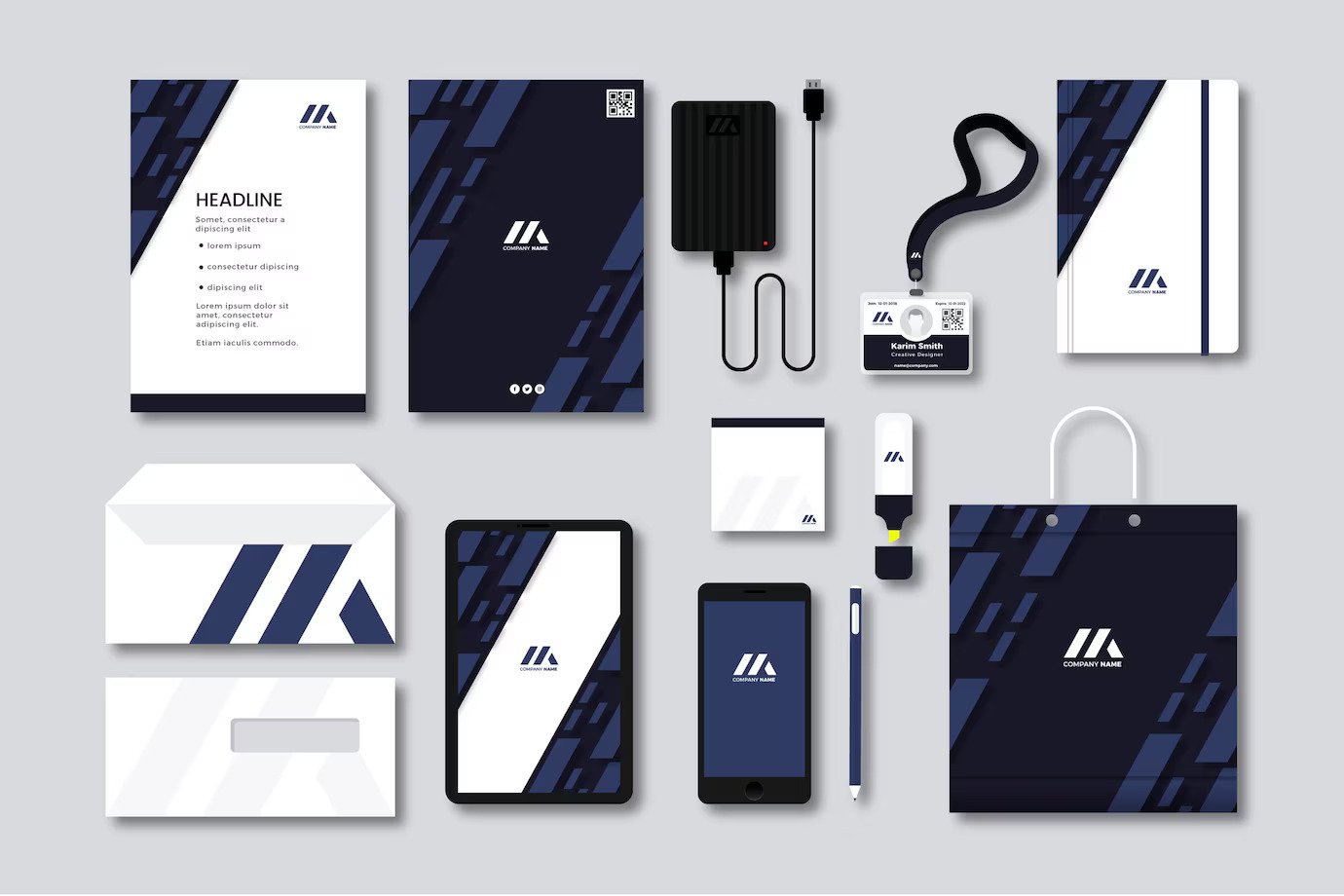
In today’s competitive market, businesses need a strong visual identity to stand out. Branding design plays a crucial role in shaping how customers perceive a company. It goes beyond just a logo—it includes colors, typography, imagery, and overall aesthetics that create a memorable impression. A well-crafted design not only enhances recognition but also builds trust and credibility.
Investing in branding ensures consistency across all platforms, from websites and social media to packaging and advertising. A cohesive brand identity helps businesses connect emotionally with their audience, making them more likely to remember and engage with the brand. The key elements, benefits, and best practices of design to help businesses establish a powerful presence are discussed in detail ahead.
What is Branding Design
1. Defining Branding
An exclusive yet identifiable identification for any business is actually the result of branding. It includes:
Logo design
Color palette selection
Typography and fonts
Visual elements and imagery
Consistent brand consulting messaging
2. Importance of Design
A strong design helps businesses:
Establish credibility and professionalism
Create a lasting impression on customers
Differentiate from competitors
Build brand loyalty and recognition
Key Elements of Effective Design
Logo Design
A logo is the face of a brand. It should be simple, memorable, and versatile for different platforms. A well-designed logo leaves a lasting impression and enhances brand recall.
Color Palette
Colors evoke emotions and influence perception. Businesses should choose colors that align with their brand personality and industry. A carefully chosen palette strengthens brand association and recognition.
Typography and Fonts
Font styles convey tone and personality. A consistent font selection enhances brand recognition. Choosing readable and visually appealing fonts ensures better communication.
Brand Voice and Messaging
Brand messaging should reflect the company’s values, mission, and unique selling points in a clear and engaging way. A strong brand voice builds trust and fosters customer loyalty.
Visual Consistency
Consistency in design elements across all branding materials strengthens brand identity and recognition. A uniform aesthetic creates a cohesive and professional brand image.
Benefits of a Strong Branding
Increased Brand Recognition
A well-designed brand is easier to recognize, making it more likely for customers to remember and engage with it. Strong recognition leads to higher customer retention and preference.
Higher Customer Trust
Professional branding builds credibility, making customers more confident in choosing your products or services. Trustworthy brands encourage repeat purchases and long-term loyalty.
Competitive Advantage
A unique and visually appealing design helps businesses stand out in a crowded market. A distinct identity differentiates the brand and attracts more customers.
Better Marketing Impact
Consistent branding across digital and print marketing materials improves brand recall and customer engagement. A well-executed marketing strategy enhances visibility and business growth.
Long-Term Business Growth
A strong brand identity ensures long-term customer loyalty and business sustainability. Investing in branding yields continuous returns and expands market reach.
Best Practices for Branding Design
Understand Your Target Audience
Branding should resonate with the right audience by reflecting their values, preferences, and expectations. Conducting market research helps in creating relevant and appealing branding.
Keep It Simple and Memorable
A clean and clear design ensures better recall and adaptability across different mediums. Avoiding clutter and focusing on core elements improves brand impact.
Maintain Consistency Across All Platforms
Whether on a website, social media, or packaging, branding elements should be uniform to create a strong brand presence. Consistency reinforces trust and brand authority.
Use High-Quality Visuals
Invest in professional graphics, photography, and typography to maintain a premium brand look. Quality visuals enhance brand perception and credibility.
Adapt and Evolve
Brands should periodically refresh their design to stay relevant while maintaining core identity elements. Staying updated with trends ensures continued market appeal.
How to Create a Successful Branding Design
Define Your Brand Identity
Clearly outline your brand’s mission, values, and personality before starting the design process. A well-defined identity serves as the foundation for all branding efforts.
Work with Professional Designers
Hiring experienced branding design specialists ensures high-quality and unique branding materials. Expertise in design translates into visually compelling brand assets.
Develop a Brand Style Guide
A style guide helps maintain design consistency across all marketing and communication channels. A comprehensive guide ensures brand integrity and alignment.
Test and Gather Feedback
Conduct audience research and test branding elements to ensure they effectively communicate your brand message. Feedback-driven refinements enhance branding effectiveness.
Implement Branding Across All Touchpoints
Ensure all customer interactions, from websites to packaging, reflect the brand identity consistently. A seamless brand experience fosters stronger connections with customers.
Branding design is a critical component of business success, shaping how customers perceive and connect with a brand. A well-crafted design enhances brand recognition, trust, and customer loyalty, setting a business apart from competitors. By investing in a strong visual identity, businesses can establish a lasting and impactful presence in their industry.
To achieve effective design, companies should focus on consistency, simplicity, and audience alignment. Whether working with professional designers or developing a style guide, maintaining a strong brand identity across all platforms ensures long-term growth and success.

